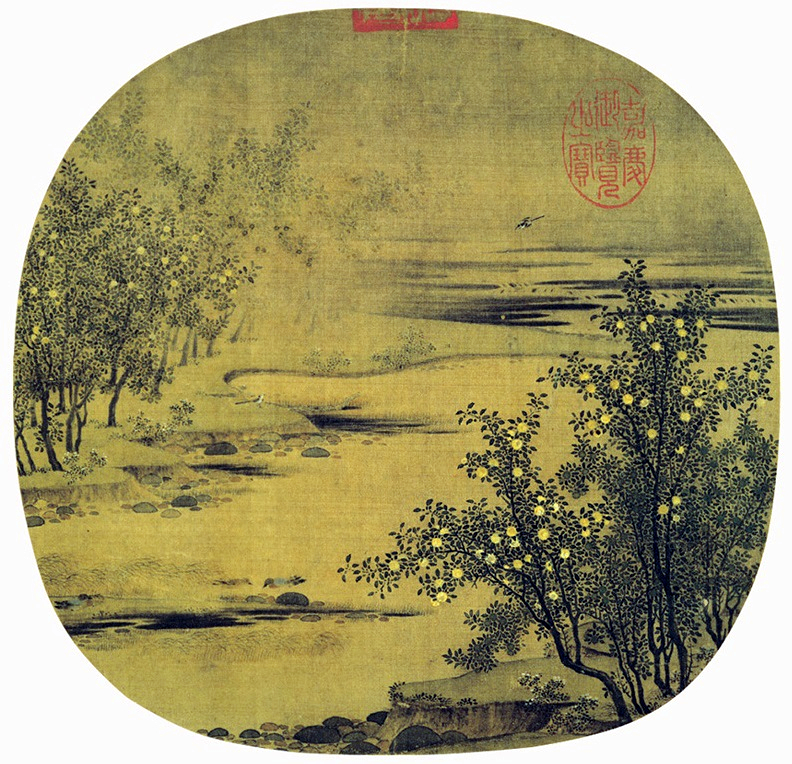
ORANGES FROM CHINA
 As a sort of impulse, I just ate a tangerine. It's Sunday, and it's eight in the evening, a bit late for a snack
and a bit early for dinner in these parts. I thought of you, of our connection through the orange world, and
I got the idea to tell you where the expression "Chinese oranges" comes from.
As a sort of impulse, I just ate a tangerine. It's Sunday, and it's eight in the evening, a bit late for a snack
and a bit early for dinner in these parts. I thought of you, of our connection through the orange world, and
I got the idea to tell you where the expression "Chinese oranges" comes from.
The trigger was a scene from the TV series Versailles that my daughter and I were watching on Netflix. Louis XVI was explaining to his guests the origin of the orange trees in his garden. He repeated the gardener's words with pride, with an air of historical greatness: "These are trees with strong roots that will endure over time, their seeds come from Asia, from China..." Indeed, they were ornamental orange trees, sour oranges, and yes, the origin of the orange is Asia, China.
Thousands of years ago, long before the Sun King was born, orange trees were cultivated in southern China, and from there, they spread throughout Southeast Asia. Thanks to the famous Silk Road, its expansion continued throughout the East, through India, and even to Europe, where it entered through Al-Andalus, at that time more or less the southern half of the current Iberian Peninsula. It is said that the allure of its fruits and the aroma of its flowers enchanted travelers, and thus, it gained ground to be cultivated. It would be a long time before the first sweet oranges or "naranch" cultivated by the Arabs, which the Persians called "arang."
Let's go back to China to recall our purpose: the expression "Chinese oranges." As we know, many varieties of this fantastic fruit are cultivated, and there were also the first crops of sweet oranges. The ones known as "Chinese" are the ones we commonly identify as mandarins, the smallest ones, the ones children peel with their hands. So, since the ones cultivated in the famous Asian giant were the smallest, mandarins were also called "Chinese oranges" because of their size.
Our friend the orange is quite a traveler, as it came from very far away to reach us, and we bring them to your home. Did you find it interesting? I certainly did. The orange world feeds my curiosity more and more because it tells me so many stories...
Until next time, and happy juicing!